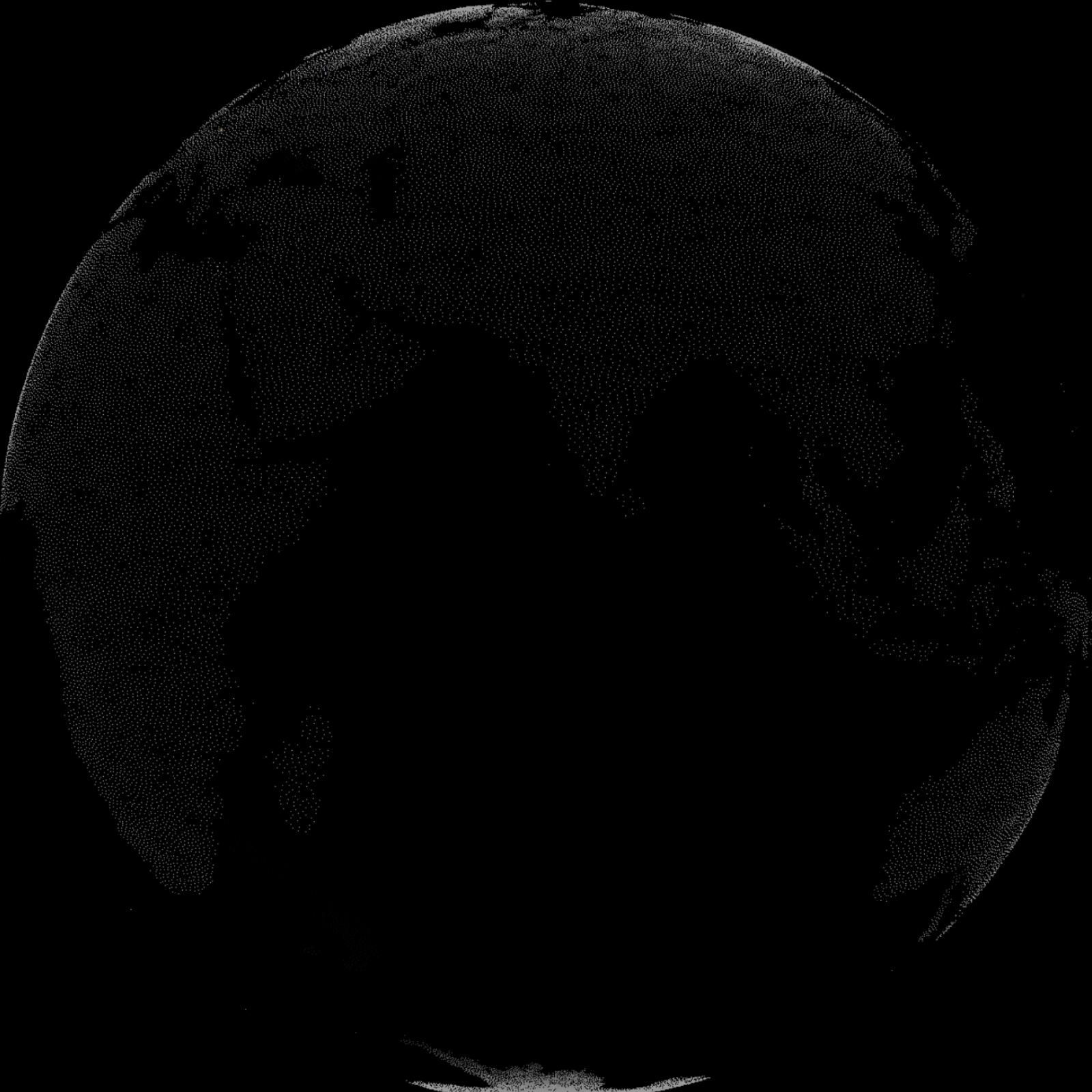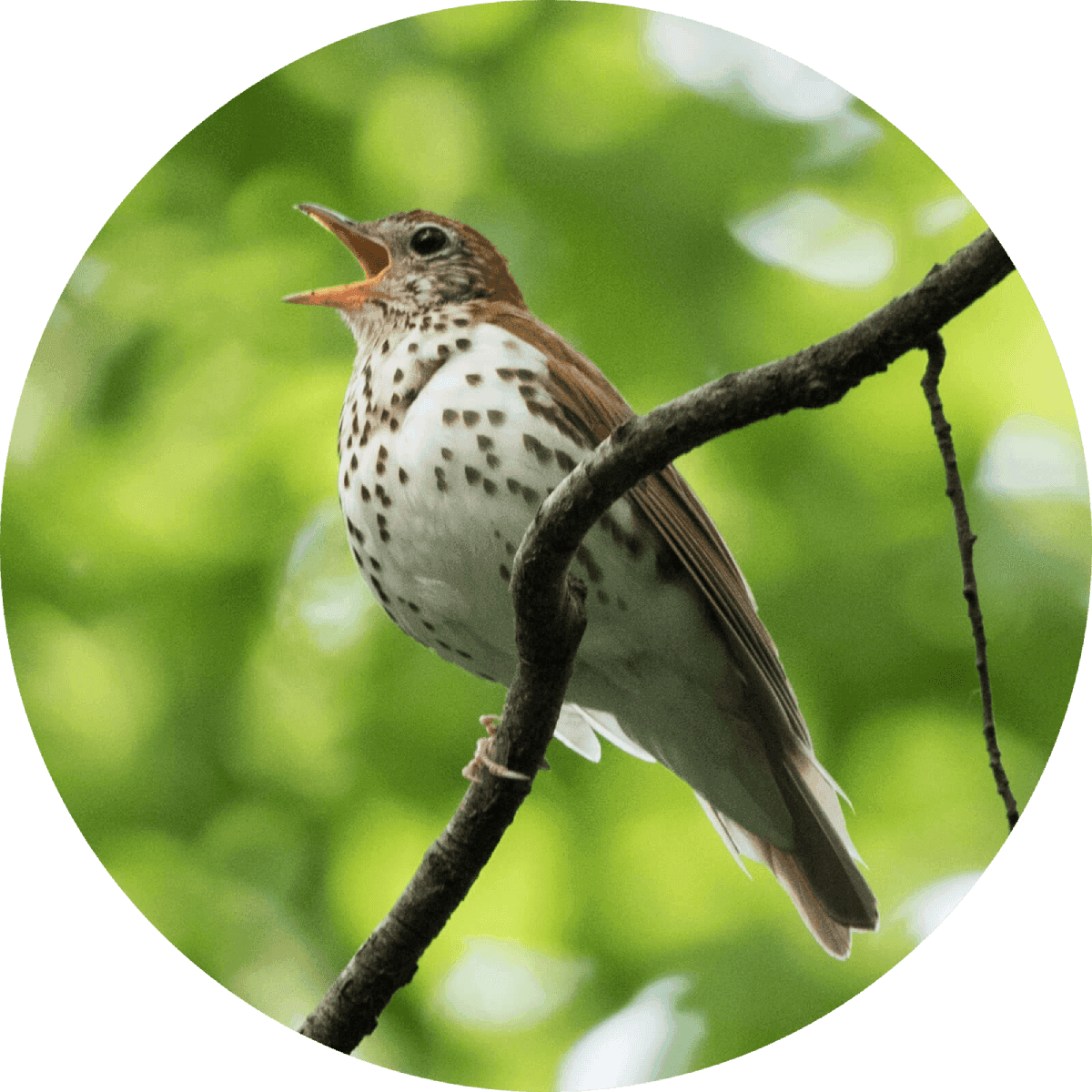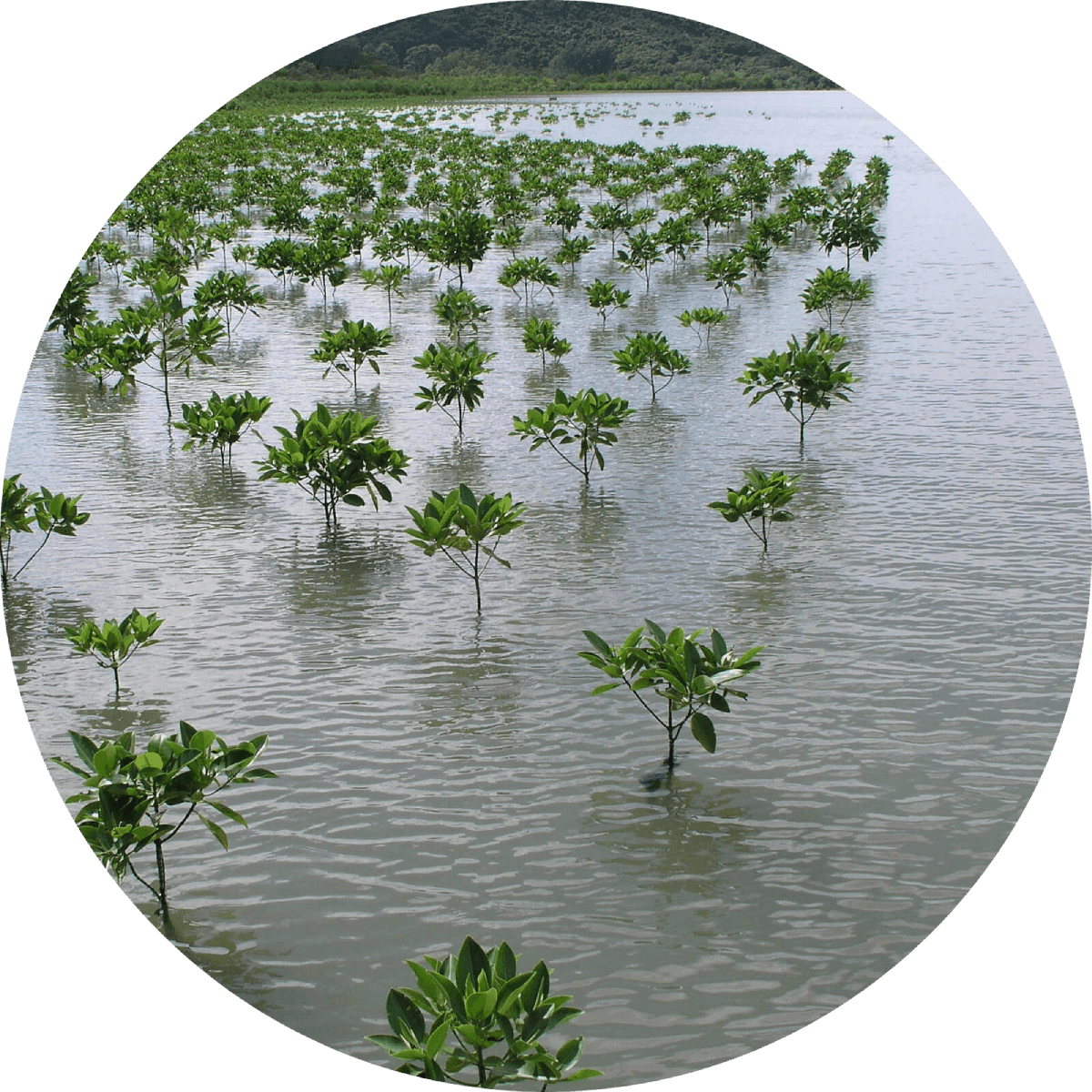"The first virtual models of the world's most complete dodo skeletons will allow scientists to investigate this extinct bird in new ways. Museum palaeontologist Dr Julian Hume was one of an international team of researchers who spent five years assembling the anatomical atlas. The digital reconstruction is based on the only two near-complete dodo skeletons that exist, which have remained unstudied for more than a century. This is the first piece of research to show accurate proportions in the bird's skeleton. It also describes several previously unknown bones of the skeleton, including knee caps, ankle and wrist bones."
“The agency of man, in limiting the increase of inferior animals . . . was perhaps never more strikingly exemplified than in the case of the dodo. That a species so remarkable in its character should become extinct, within little more than two centuries, so that the fact of its existence at all has been doubted is a circumstance which may well excite our surprise, and lead us to a consideration of similar changes . . .”
“The scant sampling of dodo remains collected during the 17th century were lost, destroyed, and crumbled to dust. In a famous bit of historical lore, by 1755 the last remaining stuffed dodo in Oxford’s Ashmolean Museum had degraded to such a point that it was ordered to be destroyed in a fire and it was only through the quick intervention of a sharp-eyed naturalist that the head and foot were saved from the flames.”
"By 1750 the inhabitants of Mauritius did not even remember that there had been such a bird. The various live dodos brought back to Europe had all died also, and none had left descendants. Nothing remained to tell the world that the dodo had ever existed except a badly stuffed and rather mangy specimen in an Oxford museum."
“One artist got something wrong and the mistake stuck . . . A single painting by Roelandt Savery had an even stronger effect. His rendition of the dodo, created around 1626, differed from earlier drawings of dodos as long-legged and spry in showing the dodo as a fat, stumpy bird . . . Even Richard Owen, the brilliant Victorian anatomist, later used Savery’s rendition as a starting point for reconstructing the bird.”
"So rapid and so complete was their extinction that the vague descriptions given of them by early navigators were long regarded as fabulous or exaggerated, and these birds . . . became associated in the minds of many person with the Griffin and the Phoenix of mythological antiquity.”
“Amongst other birds were those which men in the Indies called doddaersen [“round bottoms”]; they were larger than geese but not able to fly. Instead of wings they had small flaps; but they could run very fast.”
"By 1640 — just four decades after the Dutch arrived — the species was barely clinging to existence. Rats, cats, pigs and monkeys — to both accidentally and deliberately introduced — were swarming over parts of the island and, presumably, presented a particular threat to young dodo and eggs."
"About 1638, as I walked London streets, I saw the picture of a strange looking fowle hung out upon a clothe and myselfe with one or two more in company went in to see it. It was kept in a chamber, and was a great fowle somewhat bigger than the largest. Turky cock, and so-legged and footed, but stouter and thicker and of a more erect shape, coloured before like the breast of a young cock fesan, and on the back of a dunn or dearc colour. The keeper called it a Dodo, and in the ende of a chimney in the chamber they lay a heape of large pebble stones, whereof hee gave it many in our sight, some as big as nutmegs. amd the keeper told us she eats them (conducing to digestion), and though I remember now how far the keeper was questioned therein, yet I am confident that afterwards she cast them all again."
"We now mett with None . . . As I remember they are as bigge bodied as great Turkeyes, covered with Downe, having little hanguing wings like shortt sleeves, alltogether unuseffull to Fly withal, or any way with them to helpe themselves." Peter Mundy, having traveled to Mauritius just 4 years earlier and noted the Dodo, could not find the evidence of the bird.
"I have seen in Mauritius birds bigger than a Swan, without feathers on the body, which is covered with a black down; the hinder part is round, the rump adorned with curled feathers as many in number as the bird is years old. In place of wings they have feathers like these last, black and curved, without webs. They have no tongues, the beak is large, curving a little downwards; their legs are long, scaly, with only three toes on each foot. It has a cry like a gosling, and is by no means so savoury to eat as the Flamingos and Ducks of which we have just spoken. They only lay one egg which is white, the size of a halfpenny roll, by the side of which they place a white stone the size of a hen's egg. They lay on grass which they collect, and make their nests in the forests; if one kills the young one, a grey stone is found in the gizzard. We call them Oiseaux de Nazaret. The fat is excellent to give ease to the muscles and nerves."
"Dodoes, a strange kind of a fowle, twice as bigg as a Goose, that can neither flye nor swymm, beinge Cloven footed; a wonder how it should come thither, there being none such in any part of the world yett to be found."
"First here only and in Dygarrois [Rodrigues] is generated the Dodo, which for shape and rareness may antagonize the Phoenix of Arabia: her body is round and fat, few weigh less than fifty pound. It is reputed more for wonder than for food, greasie stomackes may seeke after them, but to the delicate they are offensive and of no nourishment. Her visage darts forth melancholy, as sensible of Nature's injurie in framing so great a body to be guided with complementall wings, so small and impotent, that they serve only to prove her bird. The halfe of her head is naked seeming couered with a fine vaile, her bill is crooked downwards, in midst is the thrill [nostril], from which part to the end tis a light green, mixed with pale yellow tincture; her eyes are small and like to Diamonds, round and rowling; her clothing downy feathers, her train three small plumes, short and inproportionable, her legs suiting her body, her pounces sharpe, her appetite strong and greedy. Stones and iron are digested, which description will better be conceived in her representation."
"The Dutch found Mauritius a useful stopping place for ships bound on long journeys. A settlement was soon planted there and the colonists began to grow spices, sugar, pineapple, and other tropical products. They brought along pet dogs, which swiftly learned that they could get a good meal by stealing the eggs from the birds' nests on the ground. The Dutch ships also carried rats; they made their way ashore and soon were merrily feasting on the eggs and the chicks of the slow-moving flightless bird. The settlers themselves made many a good meal out of the walghvogel meat, as well as laying aside stocks of salted birds to sell to ships that called at their shores."


Learn about Maya Lin’s fifth and final memorial: a multi-platform science based artwork that presents an ecological history of our world - past, present, and future.

Discover ecological histories and stories of former abundance, loss, and recovery on the map of memory.

Learn how we can reduce our emissions and protect and restore species and habitats – around the world.

See how art can help us rethink the problems we face, and give us hope that each one of us can make a difference.

Help make a global memorial something personal and close to home. Share your stories of the natural world.